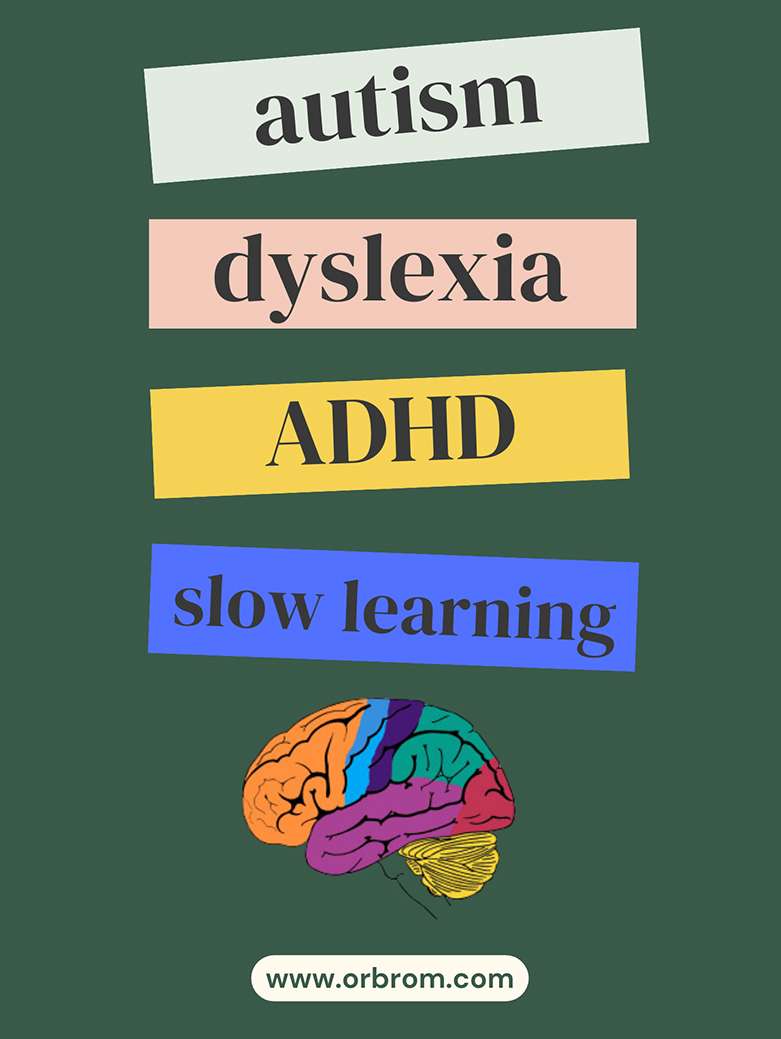Sensory integration challenges are a common aspect of autism spectrum disorder (ASD). For some students with ASD, navigating the sensory environment of a typical classroom can be overwhelming and disruptive to learning. This is where sensory rooms come in, offering a controlled space designed to address sensory needs and potentially promote positive learning outcomes. However, it’s important to approach the topic with objectivity, examining the potential benefits and limitations of sensory rooms within an educational setting.
Understanding Sensory Integration Challenges:
Sensory processing refers to the way our brains organize and interpret information received through our senses. For individuals with ASD, this process can be atypical, leading to sensitivities or under-responsiveness to sensory stimuli. Sounds, sights, smells, textures, and touch can be perceived in a heightened or diminished manner, causing discomfort or difficulty focusing.
The Role of Sensory Rooms:
Sensory rooms offer a controlled environment specifically designed to address these challenges. They typically feature various elements aimed at regulating sensory input, such as:
- Visual stimuli: Soft lighting, calming color palettes, and projected visuals like nature scenes or calming patterns.
- Auditory stimuli: Calming music, nature sounds, or white noise machines to block out distracting sounds.
- Tactile stimuli: Weighted blankets, beanbag chairs, textured mats, and fidget toys for proprioceptive and tactile input.
- Proprioceptive stimuli: Swings, trampolines, or climbing structures for physical movement and body awareness.
Potential Benefits:
Research suggests that sensory rooms can offer a range of potential benefits for students with ASD, including:
- Reduced anxiety and stress: The controlled environment and calming stimuli can help students feel more secure and less overwhelmed.
- Improved sensory regulation: Sensory activities can help students self-regulate and become more aware of their sensory needs.
- Enhanced focus and attention: A calmer state can improve students’ ability to concentrate and engage in learning activities.
- Increased engagement and participation: Sensory rooms can provide a motivating and enjoyable space for learning and exploration.
Limitations and Considerations:
While research suggests potential benefits, it’s important to acknowledge limitations and consider the following:
- Individualized needs: Each student with ASD has unique sensory experiences and preferences. What works for one student may not be effective for another.
- Effective implementation: The design and use of sensory rooms require careful planning and training for educators and staff.
- Integration with broader interventions: Sensory rooms should not be seen as a stand-alone solution but rather as part of a comprehensive educational and therapeutic approach.
- Accessibility and equity: Ensuring equitable access to sensory rooms for all students with diverse needs is crucial.
Sensory rooms offer a potential tool for supporting students with ASD in managing sensory challenges and potentially enhancing their learning experience. However, it’s vital to approach the topic with objectivity, considering both potential benefits and limitations within a well-designed and individualized educational framework. Ultimately, the focus should be on creating a supportive and inclusive learning environment that meets the unique needs of each student.
Services for Autism, ADHD, Dyslexia, Spelling Difficulty, social and slow learning, Down Syndrome, and Selective Mutism. OrbRom is the best option in Phnom Penh.
If you are concerned about your child’s development, Contact OrbRom Center for Assessments.
Phone/Telegram: 077.455.993
Telegram Link: https://t.me/OrbRom







